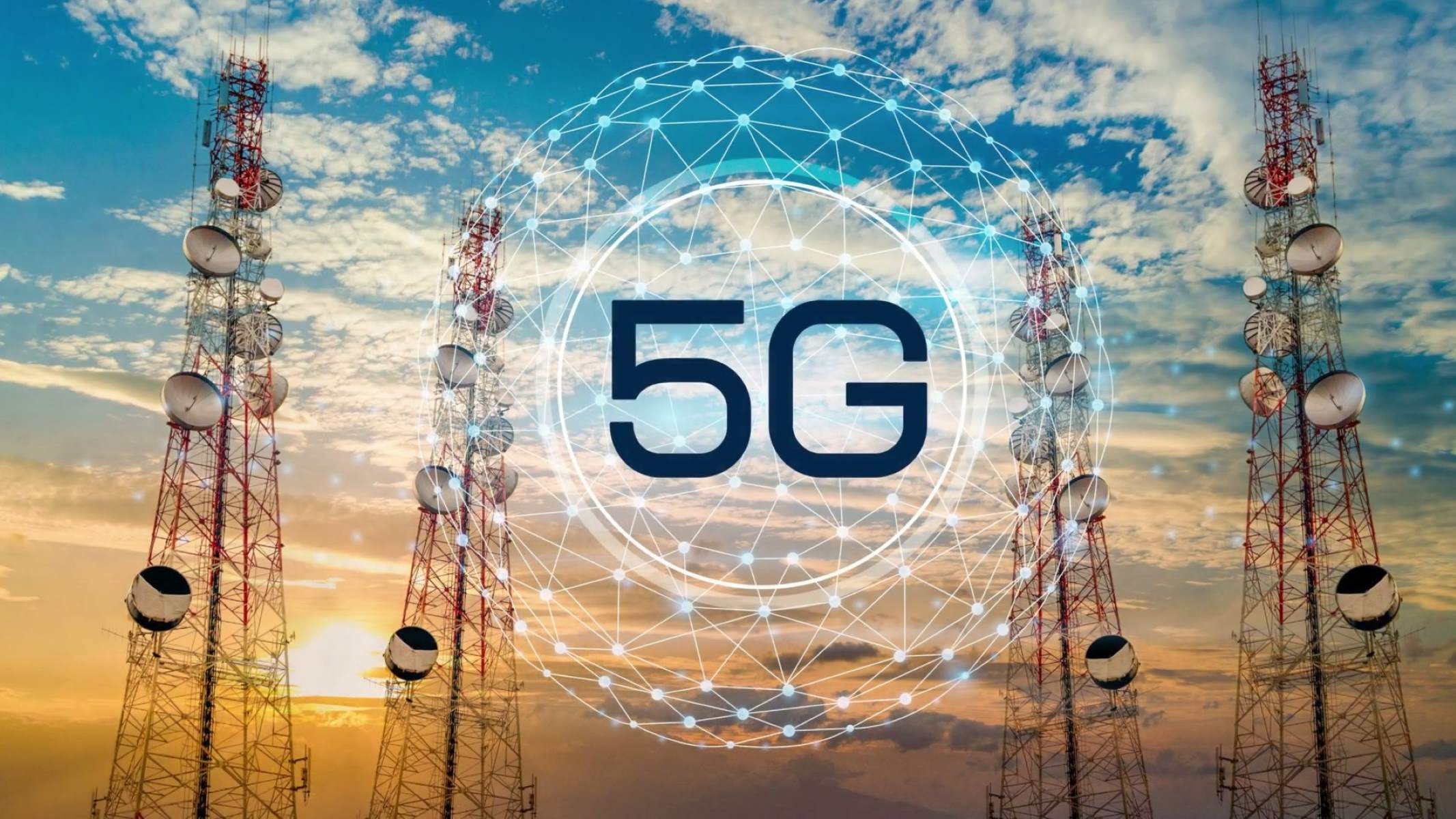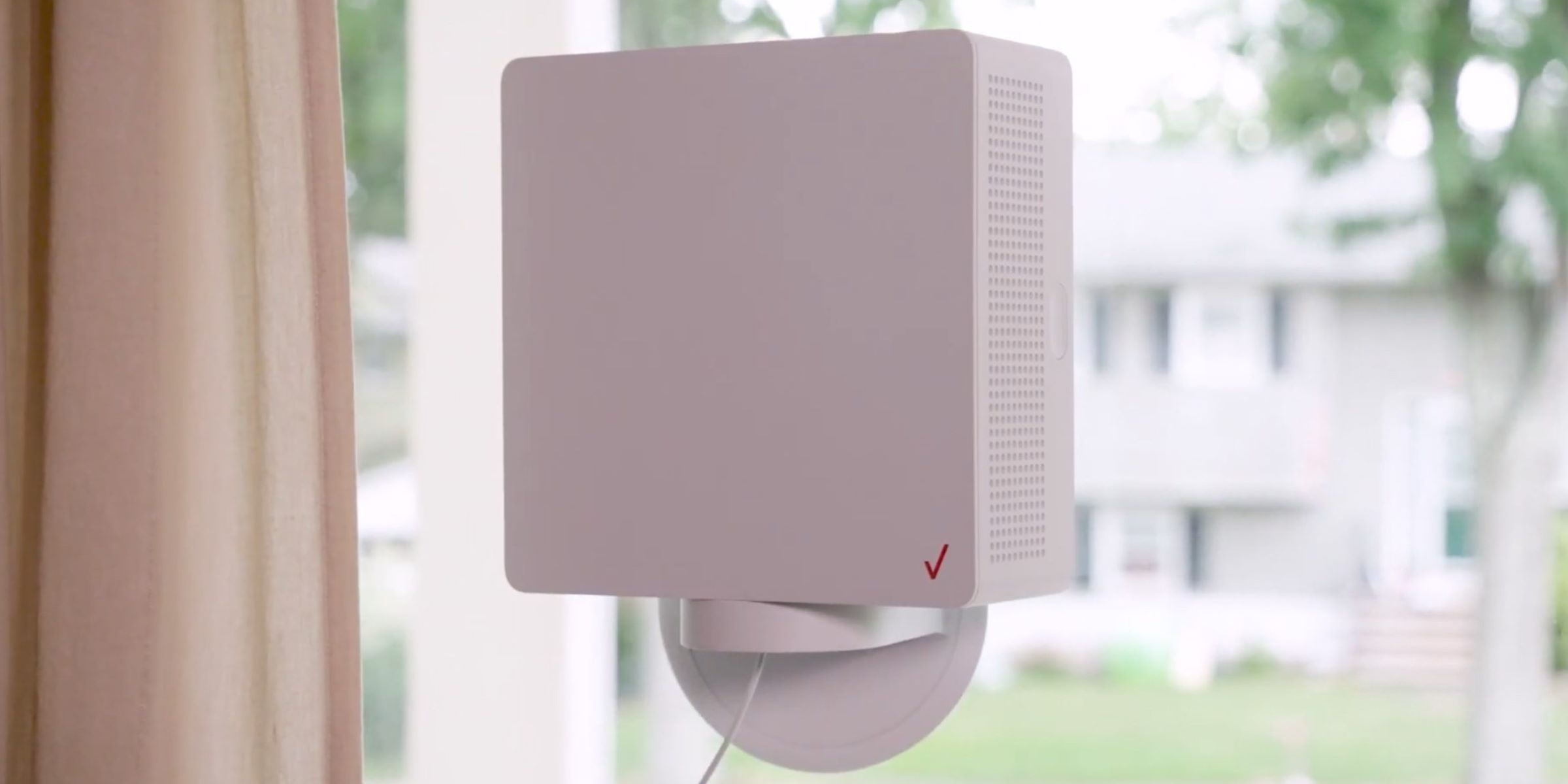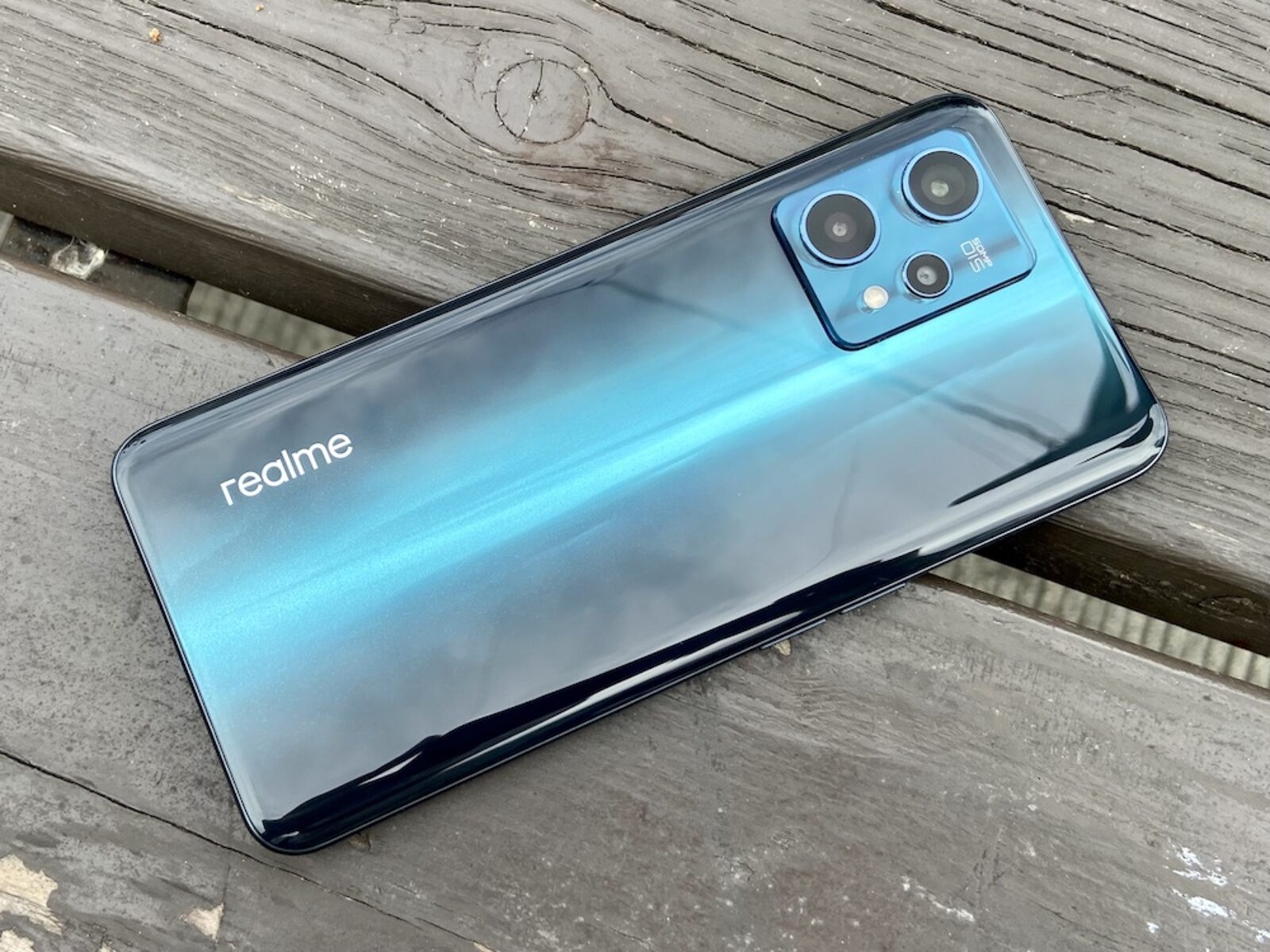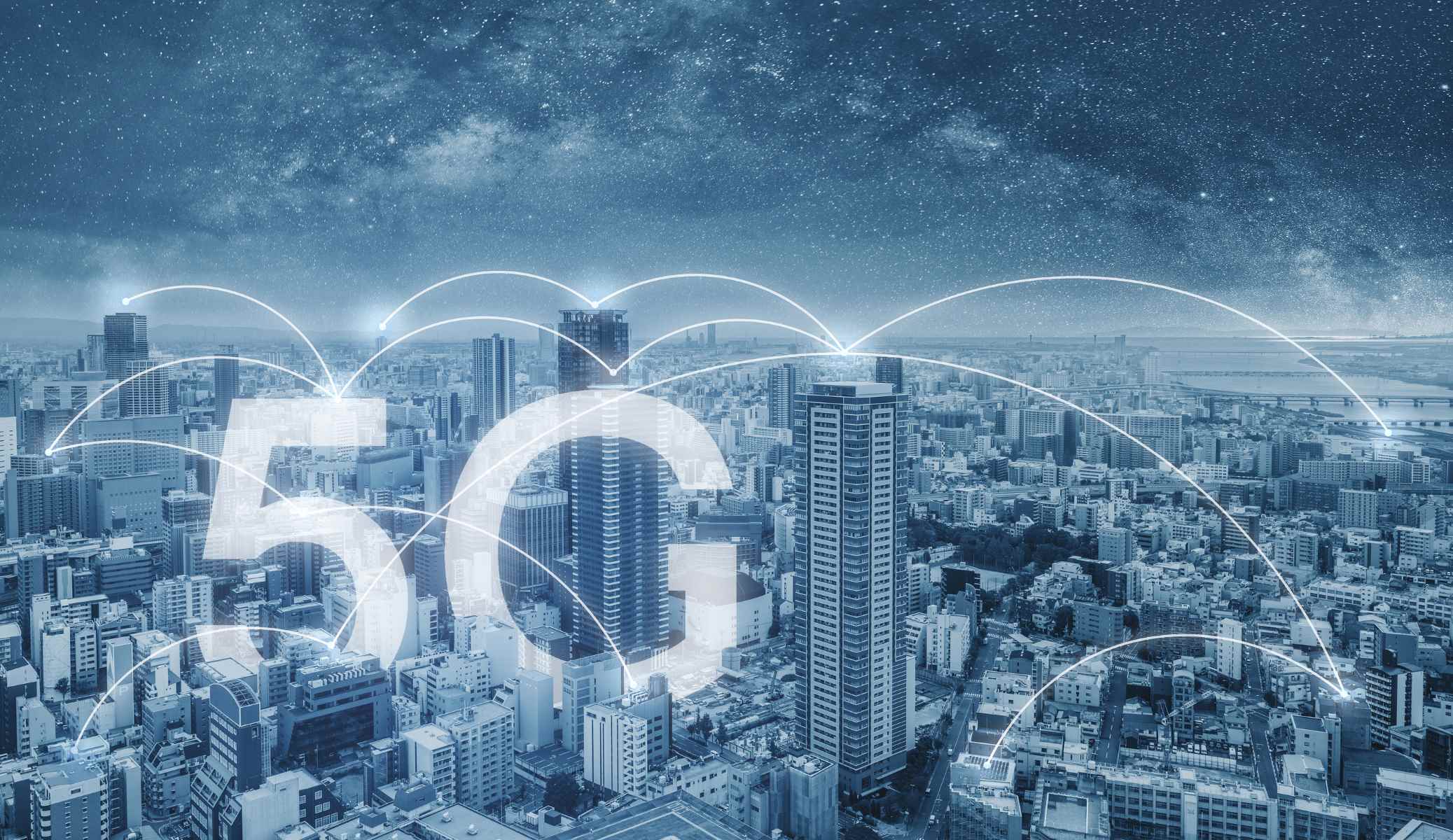Faster Speeds:
One of the most significant benefits of 5G mmWave technology is the exponentially faster speeds it offers compared to previous generations of wireless technology. With 5G mmWave, users can experience speeds that are up to 100 times faster than 4G LTE.
The higher frequency bands used by 5G mmWave enable much wider bandwidths, allowing for faster and more efficient data transfer. This means that downloading large files, streaming high-definition videos, and accessing complex web applications can be done in a matter of seconds, if not instantly.
The faster speeds provided by 5G mmWave can transform various industries and enhance user experiences in numerous ways. For instance, in the healthcare sector, doctors can quickly transmit large medical imaging files for remote diagnosis and consultation. This enables faster decision-making, leading to better patient care and outcomes.
In the field of education, students can access online learning materials and participate in virtual classrooms without any significant lag. This opens up new possibilities for distance learning and allows students to have immersive educational experiences from the comfort of their homes.
Additionally, the faster speeds of 5G mmWave benefit businesses and enterprises by enabling seamless video conferencing and real-time collaboration. Teams can connect effortlessly from different locations and share data and information instantly, fostering efficient communication and boosting productivity.
Moreover, the faster speeds facilitate the smooth operation of various emerging technologies such as autonomous vehicles. With lower latency and faster response times, vehicles can communicate with each other, traffic signals, and infrastructure systems in real-time, ensuring safer and more efficient transportation.
In summary, 5G mmWave technology’s faster speeds have the potential to revolutionize industries, enhance user experiences, and accelerate the adoption of innovative technologies. As 5G mmWave networks continue to expand and evolve, speed will be a key driver in transforming the way we communicate, work, learn, and live.
Lower Latency:
Another significant benefit of 5G mmWave technology is its lower latency, which refers to the delay between sending a command and receiving a response. With 5G mmWave, latency can be reduced to as low as one millisecond, significantly improving real-time communication and interaction.
Lower latency has a profound impact on various industries and applications. For example, in the world of online gaming, the low latency of 5G mmWave ensures a more responsive and immersive gaming experience. Gamers can enjoy seamless multiplayer gameplay without any noticeable delay, enhancing their competitive edge and enjoyment.
Moreover, the lower latency of 5G mmWave is crucial for technologies such as autonomous vehicles, where split-second decision-making is essential for safety. With minimal delay, vehicles can communicate with each other and with infrastructure systems in real-time, enabling efficient coordination and preventing accidents.
In the healthcare field, lower latency allows for remote surgeries and healthcare interventions. Surgeons can perform complex procedures from a different location with the help of robotic assistance, relying on the low latency of 5G mmWave to ensure precise control and minimal delay between their actions and the robot’s response.
Additionally, lower latency benefits the entertainment industry by enabling seamless live streaming of events such as concerts or sports matches. Viewers can enjoy a real-time, uninterrupted streaming experience, feeling like they are present at the event even when watching from a remote location.
Furthermore, lower latency is crucial for applications involving the Internet of Things (IoT). In a smart home setup, for example, IoT devices can communicate with each other and respond to user commands in real-time, creating an interconnected and efficient living environment.
In summary, the lower latency of 5G mmWave technology opens up immense possibilities for industries that rely on real-time communication and interaction. From gaming and autonomous vehicles to healthcare and IoT applications, the reduced delay provided by 5G mmWave enhances efficiency, safety, and user experiences, paving the way for a more connected and responsive future.
Increased Capacity:
5G mmWave technology brings with it a significant increase in capacity, addressing the growing demand for data and connectivity in our increasingly connected world. By using higher-frequency bands and wider bandwidths, 5G mmWave networks can support a much higher number of connected devices simultaneously.
This enhanced capacity is crucial as the number of Internet of Things (IoT) devices continues to soar. From smart homes to smart cities, 5G mmWave can handle the massive influx of IoT devices, allowing for seamless connectivity and efficient data transfer between devices.
Furthermore, the increased capacity of 5G mmWave is vital for serving densely populated areas. In crowded urban environments, traditional networks often face congestion and network strain, leading to slow speeds and dropped connections. With 5G mmWave, networks can handle the high density of users and devices, ensuring that everyone experiences fast and reliable connectivity.
Increased capacity also plays a significant role in supporting data-heavy applications and services. As the demand for streaming high-definition content, virtual and augmented reality experiences, and cloud-based services continues to rise, 5G mmWave can accommodate these bandwidth-intensive applications without compromising on performance or quality.
Moreover, industries like manufacturing and transportation can benefit from the increased capacity of 5G mmWave. In manufacturing, the deployment of IoT devices and sensors can generate massive amounts of data that need to be transmitted and analyzed in real-time. The higher capacity of 5G mmWave ensures efficient data transfer, enabling quicker decision-making and process optimization.
In the transportation sector, connected vehicles, infrastructure, and traffic management systems generate vast amounts of data that require seamless communication. 5G mmWave networks can handle the extensive data flow, allowing for real-time traffic monitoring, efficient navigation, and improved overall safety on the roads.
In summary, the increased capacity offered by 5G mmWave technology is essential for meeting the current and future demands of a connected world. From supporting millions of IoT devices to enabling data-intensive applications and services, 5G mmWave networks ensure reliable and efficient connectivity, providing a solid foundation for digital transformation and innovation.
Improved Virtual and Augmented Reality Experiences:
5G mmWave technology revolutionizes the virtual and augmented reality (VR/AR) experiences, taking them to a whole new level. The combination of ultra-fast speeds, low latency, and increased capacity allows for seamless and immersive VR/AR applications and content.
With 5G mmWave, users can enjoy high-resolution VR/AR experiences without any lag or buffering. Whether it’s exploring virtual worlds, participating in interactive AR games, or attending virtual meetings and events, the enhanced capabilities of 5G mmWave provide a smooth and realistic experience, making it feel as if users are truly present in the virtual or augmented environment.
Furthermore, 5G mmWave enables real-time collaboration in VR/AR environments. Teams can collaborate remotely, sharing and manipulating 3D models or virtual spaces in real-time. This opens up new possibilities for various industries, such as architecture, design, and engineering, allowing professionals to collaborate seamlessly and make decisions more efficiently.
The improved capabilities of 5G mmWave technology also benefit the entertainment industry. Live streaming of VR content, such as concerts or sports events, becomes more accessible and enjoyable with the faster speeds and increased capacity. Users can have a front-row experience from the comfort of their homes, interacting with the virtual environment and experiencing events like never before.
Moreover, 5G mmWave enhances VR/AR applications in fields like education and healthcare. In education, students can engage in immersive learning experiences, exploring historical sites, practicing simulations, or conducting virtual experiments. This hands-on approach to learning enhances comprehension and retention, making education more engaging and impactful.
In the healthcare sector, 5G mmWave empowers remote surgeries and medical training. Surgeons can perform procedures from a different location, utilizing VR/AR technology with minimal latency and ultra-high resolution. This not only enhances surgical precision but also allows for learning and collaboration across geographical distances.
In summary, 5G mmWave technology revolutionizes VR/AR experiences by providing fast speeds, low latency, and increased capacity. From entertainment and collaboration to education and healthcare, the immersive and realistic experiences enabled by 5G mmWave open up a world of possibilities, transforming various industries and enhancing user engagement and interaction in virtual and augmented realities.
Enhanced Internet of Things (IoT) Connectivity:
The advent of 5G mmWave technology brings significant advancements in the realm of Internet of Things (IoT) connectivity. With its faster speeds, lower latency, and increased capacity, 5G mmWave provides a solid foundation for the seamless integration and operation of IoT devices and services.
One of the key advantages of 5G mmWave for IoT is its ability to support a massive number of connected devices. The increased capacity of 5G mmWave networks ensures that millions of IoT devices can communicate efficiently, exchanging data and commands in real-time. This scalability is crucial as more and more devices become connected, ranging from smart home devices and wearables to industrial sensors and infrastructure systems.
Moreover, 5G mmWave’s low latency is crucial for time-sensitive IoT applications. Industries such as manufacturing, transportation, and healthcare rely on IoT systems to collect and analyze data in real-time, enabling quick decision-making and automated actions. With the low latency of 5G mmWave, IoT devices and sensors can communicate and respond rapidly to changing conditions, optimizing processes and improving efficiency.
Additionally, 5G mmWave enables enhanced coverage and connectivity for IoT devices. The higher frequency bands utilized by 5G mmWave allow for greater signal propagation, ensuring connectivity even in challenging environments. This is particularly beneficial for IoT applications that require reliable and uninterrupted communication, such as remote monitoring, asset tracking, and environmental sensing.
Furthermore, the fast speeds provided by 5G mmWave enable quick data transfer and analysis at the edge of the network. Edge computing, a distributed computing paradigm, allows IoT devices to process and analyze data locally, reducing latency and optimizing bandwidth usage. This is essential for applications that require real-time insights and rapid decision-making, such as autonomous vehicles and smart grid systems.
With 5G mmWave technology, the capabilities of IoT are expanded, allowing for innovative applications and services across various industries. From smart cities and smart homes to industrial automation and healthcare monitoring, the enhanced connectivity of 5G mmWave enables a more efficient, connected, and intelligent IoT ecosystem.
Better Multi-Device Support:
5G mmWave technology brings significant improvements in multi-device support, catering to the growing demand for connectivity across a wide range of devices. With its enhanced capabilities, 5G mmWave ensures seamless connectivity and optimal performance for multiple devices simultaneously.
One of the key advantages of 5G mmWave for multi-device support is its ability to handle a massive number of connected devices in a given area. With the increased capacity of 5G mmWave networks, users can connect and use multiple devices without experiencing a significant drop in speed or performance. This is particularly beneficial in densely populated areas where network congestion is a common issue.
Moreover, the faster speeds of 5G mmWave enable smooth and uninterrupted data transfer across multiple devices. Whether it’s streaming high-definition videos on a smart TV while simultaneously using a smartphone, or utilizing IoT devices alongside laptops and tablets, 5G mmWave ensures that each device receives sufficient bandwidth and experiences minimal lag or buffering.
Additionally, 5G mmWave’s low latency contributes to better multi-device support. With lower latency, devices can communicate and respond to each other rapidly, enabling seamless synchronization and interaction. For example, in a smart home setup, devices like smart speakers, lights, and security systems can work harmoniously together, responding instantly to user commands.
Furthermore, 5G mmWave’s improved connectivity range ensures that devices stay connected even in large indoor or outdoor spaces. This eliminates frustrating dead zones and ensures reliable connectivity throughout a home, office, or public area. Users can move freely between different areas without worrying about losing connection or experiencing a drop in performance.
With better multi-device support, 5G mmWave technology sets the stage for the proliferation of smart homes, smart offices, and smart cities. Users can seamlessly integrate and control various devices, from smartphones and tablets to IoT devices and smart appliances, creating a truly interconnected and convenient environment.
In summary, 5G mmWave technology’s enhanced multi-device support enables users to connect and utilize multiple devices simultaneously, without sacrificing speed, performance, or reliability. This paves the way for a more connected and efficient future, where devices seamlessly work together to enhance our productivity, entertainment, and everyday lives.
Real-Time Communication and Collaboration:
5G mmWave technology brings significant advancements in real-time communication and collaboration, revolutionizing the way individuals and teams interact and work together. The capabilities of 5G mmWave enable seamless and instant communication, enhancing productivity and collaboration across various industries and applications.
One of the key benefits of 5G mmWave for real-time communication is its ultra-low latency. With latency as low as one millisecond, users can enjoy instant and responsive communication experiences. Whether it’s making video calls, participating in virtual meetings, or using real-time messaging apps, 5G mmWave ensures that the conversation flows smoothly with minimal delays.
The low latency of 5G mmWave is particularly beneficial for industries that rely on real-time collaboration. For example, in the field of manufacturing, engineers and designers can collaborate remotely, sharing and editing 3D models in real-time. This level of collaboration ensures efficient decision-making, reduces the time to market, and enhances overall productivity.
In addition, the high speeds of 5G mmWave technology facilitate seamless file sharing and transfer. Large files, such as high-resolution images, videos, or complex documents, can be shared instantaneously, even when collaborating with remote colleagues. This eliminates the need for lengthy upload and download times, enabling teams to work together efficiently and effectively.
Moreover, the increased capacity of 5G mmWave networks allows for a greater number of simultaneous connections, making it easier for teams to collaborate and communicate without experiencing network congestion or slowdowns. This is particularly advantageous for industries with geographically dispersed teams or remote work setups, ensuring smooth and uninterrupted collaboration across distances.
Additionally, 5G mmWave’s improved coverage and reliability ensure a seamless real-time communication experience, even in challenging environments or crowded areas. Users can rely on the network’s stability and consistency for critical communication needs, whether it’s providing emergency services, coordinating logistics, or conducting remote inspections.
With the real-time communication and collaboration capabilities of 5G mmWave technology, businesses can transform the way they operate and interact with customers. From improving customer service through instant support and live chat to enabling remote work and virtual team collaboration, 5G mmWave enhances efficiency, productivity, and innovation.
In summary, 5G mmWave technology revolutionizes real-time communication and collaboration by providing low latency, high speeds, increased capacity, and reliable coverage. With these capabilities, individuals and teams can collaborate seamlessly, enabling faster decision-making, improved productivity, and enhanced user experiences across various industries and applications.
Seamless Streaming and Gaming Experience:
5G mmWave technology offers a game-changing improvement in the streaming and gaming experience, providing users with a seamless and immersive entertainment experience like never before. The combination of ultra-fast speeds, low latency, and increased capacity ensures smooth and uninterrupted streaming and gaming sessions.
One of the notable benefits of 5G mmWave for streaming is its capacity to handle high-definition (HD) and even 4K and 8K content without any buffering or lag. With the faster speeds and increased bandwidth, users can enjoy their favorite movies, TV shows, and live sports events in crystal-clear resolution, with no interruptions or quality degradation.
Moreover, 5G mmWave’s low latency is crucial for real-time streaming, such as live broadcasts or interactive streaming platforms. The reduced delay ensures that users can experience real-time interactions and engage with content creators or fellow viewers without any noticeable time lag. This enhances the sense of being present in the moment and enhances the overall streaming experience.
Additionally, the low latency and faster speeds of 5G mmWave greatly enhance the gaming experience. Online gamers can enjoy seamless multiplayer gameplay without the frustration of lag or delays. This means quicker response times, enhanced precision, and a level playing field, resulting in more enjoyable and competitive gaming sessions.
Furthermore, 5G mmWave enables cloud gaming, where games are streamed directly to devices without the need for powerful local hardware. Users can access a vast library of games and play them instantly on a wide range of devices, including smartphones, tablets, and smart TVs, thanks to the high speeds and low latency of 5G mmWave.
In addition, 5G mmWave’s increased capacity ensures that gaming experiences remain consistent and uninterrupted, even in crowded gaming environments. Whether it’s a gaming tournament or a multiplayer online game with thousands of participants, 5G mmWave networks can handle the high demand, providing a smooth and lag-free gaming experience for all players involved.
With the seamless streaming and gaming experience provided by 5G mmWave technology, entertainment enthusiasts can enjoy high-quality content and immersive gaming experiences on any device, anywhere. This revolutionizes the way we consume media and play games, offering unprecedented convenience, performance, and enjoyment.
Enhanced Cloud Computing and Edge Computing Capabilities:
5G mmWave technology brings enhanced capabilities to cloud computing and edge computing, unlocking a new era of efficient data processing, storage, and application deployment. With its faster speeds, lower latency, and increased capacity, 5G mmWave empowers businesses and organizations to harness the full potential of cloud and edge computing.
One of the notable benefits of 5G mmWave for cloud computing is the ability to transfer large amounts of data quickly and seamlessly. With the faster speeds provided by 5G mmWave networks, businesses can upload and download data to and from the cloud at incredible speeds, enabling faster backups, updates, and synchronization.
Moreover, the low latency of 5G mmWave is crucial for real-time cloud computing applications that require rapid data processing and response. With minimal delay, businesses can leverage cloud-based services for real-time data analytics, artificial intelligence, machine learning, and other processing-intensive tasks, fueling innovation and improving business efficiency.
Additionally, 5G mmWave technology complements edge computing by providing reliable and high-speed connectivity to edge devices. With edge computing, data processing and analysis take place closer to the source, minimizing latency and reducing reliance on cloud infrastructure. 5G mmWave networks enable fast and secure data transfer, enabling efficient synchronization between edge devices and cloud systems.
Furthermore, 5G mmWave’s increased capacity ensures that businesses can handle a significant number of edge devices concurrently. This is particularly beneficial for industries such as manufacturing, logistics, and healthcare, where hundreds or thousands of edge devices need to communicate and process data simultaneously. The increased capacity enables efficient coordination, optimization, and automation of processes in real-time.
Moreover, 5G mmWave facilitates the deployment of resource-intensive applications at the edge. With its fast speeds, low latency, and increased capacity, 5G mmWave enables edge devices to run complex applications and services seamlessly. This is particularly useful for applications that require high compute power or near-instantaneous response times, such as autonomous vehicles, robotics, and immersive augmented reality experiences.
In summary, 5G mmWave technology enhances cloud computing and edge computing capabilities, enabling businesses to optimize data processing, storage, and application deployment. With faster speeds, lower latency, and increased capacity, 5G mmWave empowers organizations to unlock the full potential of the cloud and edge computing, enabling real-time analytics, improved efficiency, and seamless integration of resource-intensive applications.
Accelerated Digital Transformation:
5G mmWave technology plays a crucial role in accelerating the pace of digital transformation across industries, bringing about significant advancements in connectivity, communication, and innovation. With its faster speeds, lower latency, increased capacity, and enhanced capabilities, 5G mmWave provides a solid foundation for organizations to fully embrace digital transformation.
One of the key benefits of 5G mmWave is its ability to support a massive number of connected devices and handle the exponential growth of data. This enables organizations to leverage the Internet of Things (IoT) to its fullest potential, connecting and managing a wide range of devices and sensors to gather valuable insights, automate processes, and enhance operational efficiency.
Moreover, 5G mmWave’s low latency empowers enterprises to adopt real-time applications and services that were not feasible with previous generations of wireless technology. Real-time analytics, augmented reality, remote collaboration, and virtualized services become readily available, enabling faster decision-making, improving customer experiences, and driving innovation.
Additionally, the faster speeds provided by 5G mmWave enable organizations to leverage cloud computing and edge computing to their full capacity. Cloud-based services can be accessed and utilized seamlessly, supporting digital transformation initiatives such as agile software development, big data analytics, and artificial intelligence. Edge computing brings real-time processing and data analysis closer to the devices, enabling faster response times and reducing the reliance on centralized infrastructure.
Besides, the increased capacity of 5G mmWave enables organizations to scale their digital operations, handle greater data volumes, and support high-bandwidth applications. This unlocks new possibilities for industries such as e-commerce, media, entertainment, and healthcare, allowing for seamless streaming, real-time personalized recommendations, telemedicine, and more.
Furthermore, 5G mmWave technology fosters digital transformation by enabling the automation and optimization of various sectors. Industries like manufacturing, transportation, and logistics can deploy robotics, autonomous vehicles, and smart systems that communicate and operate in real-time, leading to increased productivity, efficiency, and cost savings.
In summary, 5G mmWave technology accelerates the pace of digital transformation by enabling seamless connectivity, real-time communication, and innovative applications. With its faster speeds, lower latency, increased capacity, and enhanced capabilities, 5G mmWave empowers organizations to embrace new technologies, optimize operations, improve customer experiences, and drive innovation across industries.

























